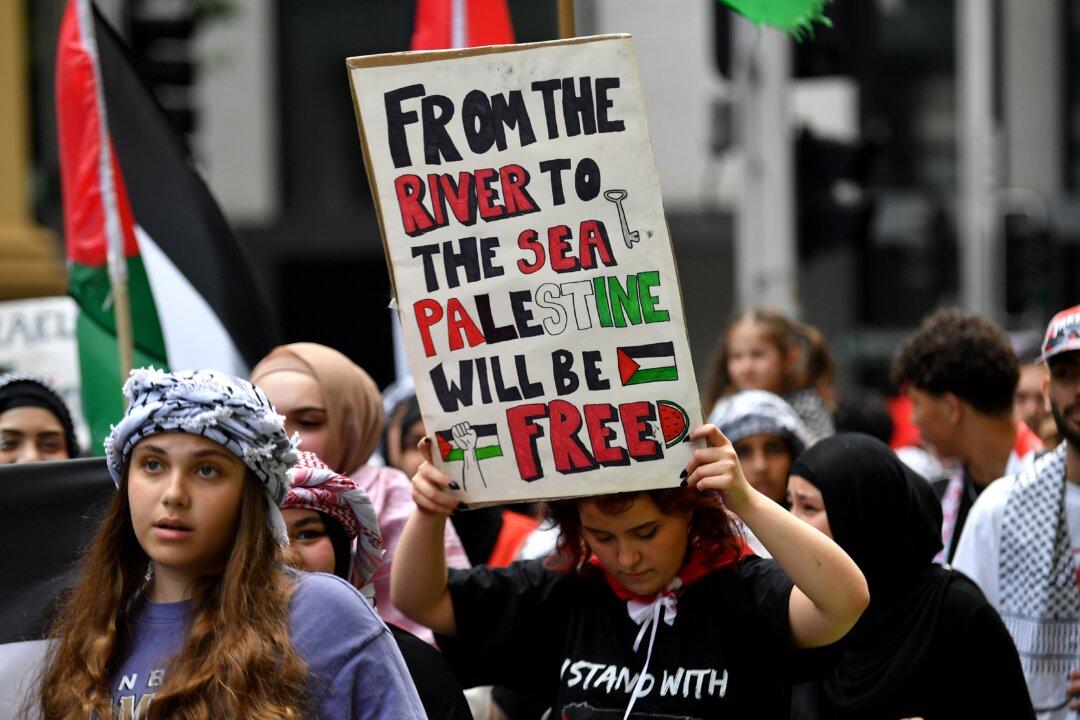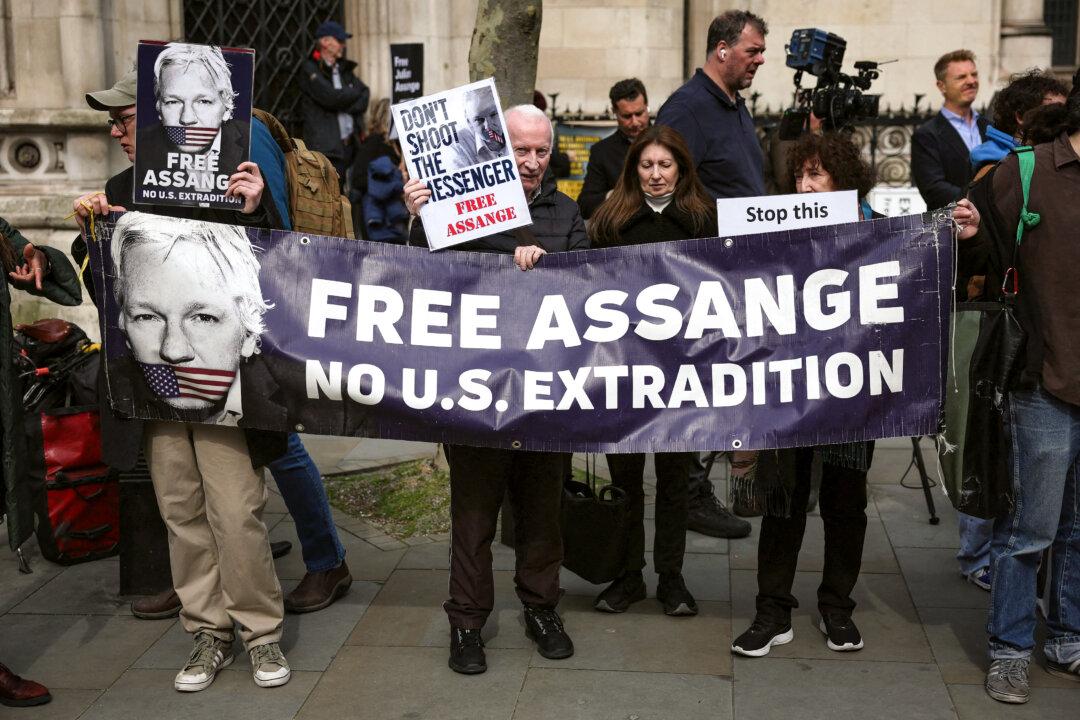Commentary
“First, I would like to acknowledge the Aboriginal and Torres Strait Islander peoples of the nation. I pay my respect to Elders, past, present, and emerging, and acknowledge the traditional custodians of the land on which this event takes place.”The “Acknowledgement of Country” and “Welcome to Country” rituals have become embedded into the fabric of Australian life. Nowadays, every public activity organised by any level of government—federal, state, or local—starts with the Welcome.
The Welcome is also an ever-present sacramental process that takes place at the beginning of meetings, conferences, and seminars in universities. It may also be recited at open-air events. For example, a Land for Wildlife event will predictably begin with a Welcome to Country. Even private companies have now adopted the practice.





